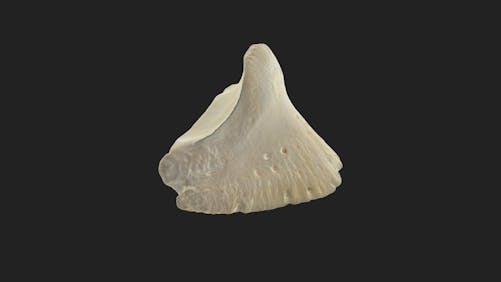horses coffin bone info...

The coffin bone, also known as the distal phalanx or third phalanx, is a crucial structure in a horse's hoof. Here are five key pieces of information about a horse's coffin bone:
- Anatomy:
The coffin bone is a triangular-shaped bone found within the horse's hoof. It is positioned inside the hoof capsule and is located between the pedal bone and the navicular bone. It forms the lowermost part of the horse's leg, supporting the weight of the horse.
- Function:
The coffin bone plays a crucial role in weight-bearing and shock absorption. It supports the horse's weight and distributes it evenly across the hoof. The coffin bone is suspended within the hoof by laminae and acts as a pivot point for the pull of the deep digital flexor tendon. This aids in the horse's ability to move and bear weight effectively.
- Laminitis:
One of the most common and serious conditions related to the coffin bone is laminitis. Laminitis is the inflammation of the sensitive laminae (connective tissues) that attach the coffin bone to the inner hoof wall. In severe cases, laminitis can result in rotation or sinking of the coffin bone within the hoof, causing extreme pain and lameness.
- Radiography:
X-rays (radiographs) are frequently used to evaluate the position and health of the coffin bone. They are especially important in diagnosing and monitoring conditions like laminitis or coffin bone fractures.
- Care and Management:
Proper hoof care and management are essential for maintaining the health of the coffin bone and the overall soundness of the horse. This includes regular hoof trimming and shoeing by a skilled farrier, maintaining appropriate hoof angles, and ensuring good overall hoof health. If a horse has a history of laminitis or other hoof issues, close management of diet, weight, and exercise is also critical to prevent or manage related problems.
Understanding the anatomy and importance of the coffin bone is essential for horse owners and caregivers. Regular veterinary care, appropriate hoof care, and vigilance in managing conditions like laminitis are key to preserving the health and soundness of the horse's hooves and the coffin bone within



